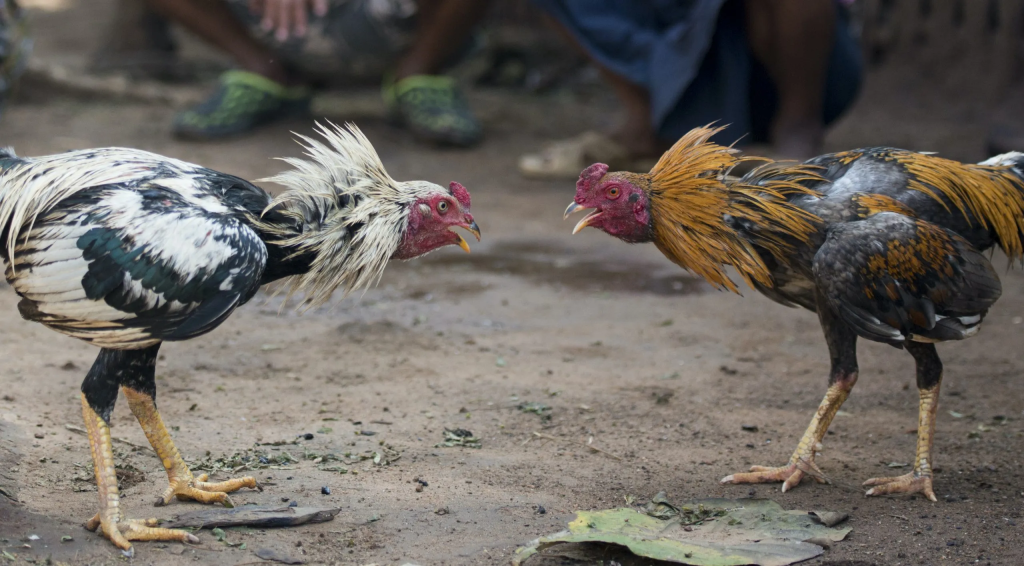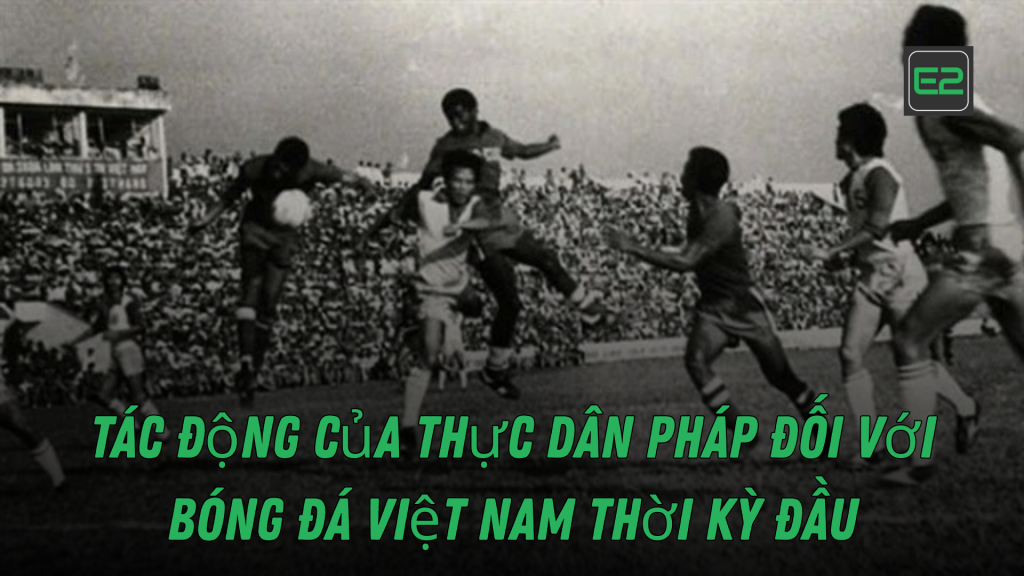Table of Contents
More Than Just a Fight
In many parts of the Philippines, the annual fiesta and cockfighting roosters is a grand expression of community, tradition, and faith. It’s a week—or sometimes even a month—of religious celebration, dancing, feasting, and cultural pride. But tucked within the vibrant festivities lies a centuries-old ritual that stirs both fascination and controversy: cockfighting roosters, or sabong.
While it may seem contradictory, the spectacle of roosters battling it out in front of a cheering crowd often sits side-by-side with Catholic processions and novena masses. In the Philippines, cockfighting and fiesta culture are uniquely intertwined, offering insight into the country’s complex blend of religion, identity, and communal entertainment.

1. The Deep Roots of Sabong in Filipino Culture
Pre-Colonial Beginnings
Cockfighting roosters predates Christianity in the archipelago. Historical accounts suggest that Austronesian settlers brought the practice with them, and it became ingrained in local customs long before Spanish colonization.
Spanish Influence and Regulation
When Spain arrived in the 16th century, they didn’t ban cockfighting roosters —instead, they regulated it and even taxed it. The Spanish clergy and civil authorities realized sabong was a social magnet and decided to incorporate it into the local economy.
Fiestas, designed to honor patron saints, often included cockfighting tournaments to boost attendance, keep men entertained, and ensure church income from betting taxes.
2. Why Cockfighting Roosters and Religion Coexist
To outsiders, it’s puzzling to see cockfighting arenas (cockpits) full of spectators just hours after solemn religious parades. But to many Filipinos, there is no contradiction—both practices are part of the same cultural celebration.
Reasons for Coexistence:
- Community gathering: Both sabong and church processions bring together people from different barrios and provinces.
- Tradition over dogma: Many see cockfighting as a cultural, not moral, act—passed down through generations, not linked to sin.
- Fundraising element: In rural areas, proceeds from sabong during fiestas are sometimes used for local church or barangay projects.
- Expression of masculinity: While religion offers structure and morality, cockfighting provides a space for risk-taking and bravado, especially among men.
3. Sabong as Fiesta Entertainment
Structure of a Sabong Event:
- Held in temporary or permanent cockpits
- Usually follows a massive lunch or dinner gathering
- Matches are arranged through hagod (handlers) and sabungeros (cockfighters)
- Kristos (bet takers) handle rapid-fire betting with hand signals
The matches are fast-paced and dramatic, often drawing huge crowds. In many fiestas, sabong becomes the main afternoon attraction, drawing not just locals but also tourists and balikbayans.

4. Symbolism of the Rooster
In both Christian and native symbolism, the rooster holds powerful meanings:
- Christian context: The rooster is a reminder of Peter’s denial of Christ, but also of vigilance and dawn.
- Folk beliefs: Roosters are often seen as protectors against evil spirits, especially black or red-plumed ones.
- Masculine energy: Roosters represent courage, dominance, and virility, values that many sabungeros associate with honor and pride.
In the context of fiestas, roosters aren’t just fighters—they’re symbols of strength and sacrifice.
5. Regional Variations of Sabong During Fiesta
Different regions in the Philippines have their own take on integrating cockfighting into fiesta traditions.
Ilocos and Pangasinan:
- Town-wide sabong derbies coincide with feast days of San Roque or San Isidro
- Often combined with trade fairs and marching bands
Visayas (Cebu, Leyte, Bohol):
- Some fiestas feature backyard cockfights leading up to the main derby
- Smaller barangays may host informal matches without official licensing
Mindanao:
- In provinces like Sultan Kudarat and North Cotabato, sabong takes on a more intense, sometimes even semi-spiritual role
- Matches may include ritual prayers or animal blessings
These local differences highlight the diversity of Filipino culture and how sabong reflects both community identity and spiritual nuance.

6. Religious Views and Controversies
While tolerated culturally, sabong is not without religious and ethical debates.
Church Stance:
- Officially, the Catholic Church disapproves of gambling, especially when it leads to addiction or neglect of family duties.
- However, many clergy remain silent during fiestas, viewing sabong as a cultural inevitability they cannot control.
Modern Criticisms:
- Animal rights groups condemn the violence toward animals
- Concerns about gambling addiction, debt, and domestic conflicts
- Some communities are now replacing sabong with less controversial activities like sports tournaments or concerts
Despite these critiques, many Filipinos continue to defend sabong as a vital link to heritage and festivity.
7. The Future of Cockfighting Roosters in Fiesta Culture
As modern entertainment options increase and urban lifestyles evolve, traditional sabong is slowly changing.
- E-sabong (online cockfighting) gained popularity during the pandemic but was later banned due to abuse and lack of regulation.
- Young people are less involved in sabong but may still participate during fiestas out of respect for tradition.
- Some towns have revived sabong as cultural performance rather than competitive bloodsport, with shortened fights or educational context.
Still, in many rural communities, cockfighting during fiestas remains a deeply rooted celebration—a ritual of risk, honor, and tradition.
Between Saints and Spurs
In the unique blend that is Filipino culture, fiesta and sabong reflect two sides of the same coin: faith and festivity, devotion and defiance, reverence and revelry. While controversial to some, cockfighting remains a powerful expression of communal identity, wrapped in religious symbolism and celebratory spirit.
To truly understand the soul of a Philippine town fiesta, one must witness both the solemnity of a procession at dawn and the shouts of a cockpit at dusk. This is where religion meets roosters—and where the community comes alive.
Share Your Fiesta Story
Have you ever witnessed a sabong during a local fiesta?
What do you think about the blending of religion and tradition?
Share your thoughts and stories in the comments!
And don’t forget to subscribe to our culture blog for more deep dives into Filipino heritage, rituals, and living traditions.
Celebrate the faith. Respect the culture. Understand the rooster.
